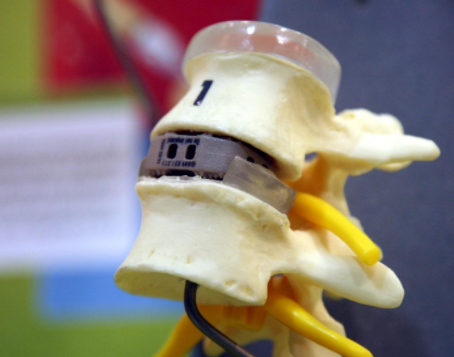

Symptoms
The location and nerves which are involved in the condition define the symptoms of intervertebral disc herniation. Some patients will experience less or no pain, whereas some other patients will feel intense pain and continuous lower back pain or neck pain. There are also other symptoms like tingling, paralysis, needles pricking in the affected areas, slowed reflexes, and numbness.
If the lower back has a herniated disc, the patient may also suffer from sciatica. Sciatica is the pain that is caused by the compressed nerve roots found in the sciatic nerve, which extends from the lower back to the back of each leg.
Cauda Equine syndrome can also be a result of disc herniation, and it is a very severe medical condition. It can affect your urogenital organs and legs.
Diagnosis
For checking whether or not you have this condition, your doctor will need your medical history and the symptoms you are experiencing. He may also need to examine you physically. X-rays are not a favorable option to diagnose this condition. However, they may be used to identify the other cause of back pain, like spinal alignment issues, fractures or tumors.
Treatment
If you have this condition, you will be firstly treated with conventional therapies like painkillers, rest, anti-inflammatory medication, and physiotherapy. If there is no positive result from these procedures, a minimally invasive approach can be chosen to lessen the pain in the nerves, which is caused disc herniation and offer you some relief. Procedures such as disc decompression techniques and selective image-guided infiltration with a local anesthetic are preferred invasive methods for treating this condition.
The main goal of the disk decompression technique will be to eliminate the small amount of jelly-like substance, which could be in the center of the disc. It will help in reducing the pressure on consecutive discs. The decompression method can be successfully performed by using different decompression techniques like heat, mechanical devices, and medication.
Dr Nikolas Charalambous is named among the most prominent interventional radiologist. Get a free consultation for a minimally invasive treatment of brain, neck, and spine.